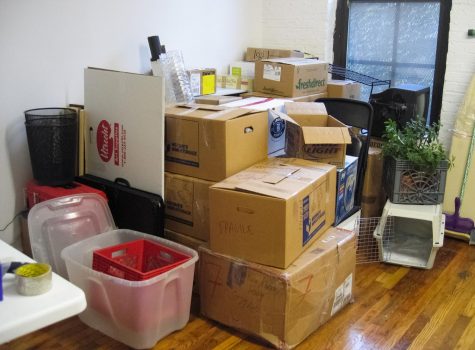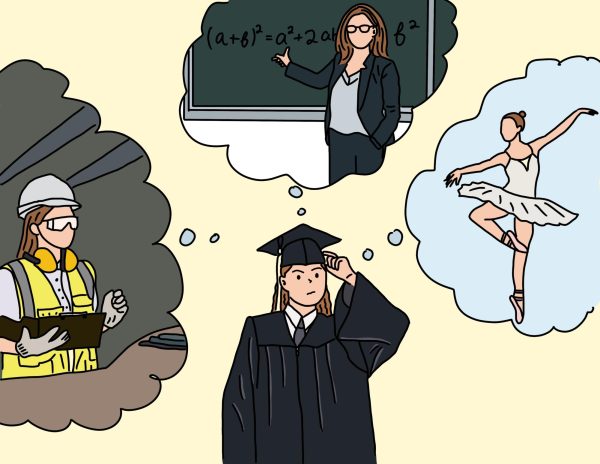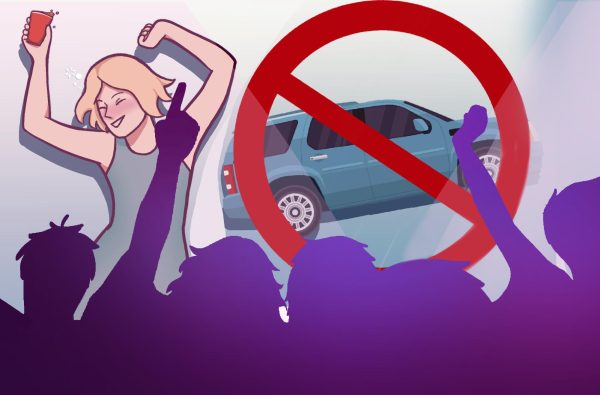‘Moana’ raises awareness of Pacific Islander culture
December 5, 2016
{{tncms-asset app=”editorial” id=”71557426-baab-11e6-b805-9b69ab692ebd”}}
Disney has cemented itself as the best at creating movie magic. They have invented a formula for solid storytelling and capturing vivid imagination like no other. Their latest film, “Moana,” falls within the same parameters set up by Disney since its first creation, “Snow White and the Seven Dwarfs,” and many titles spanning the studio’s 80-year run.
It is no surprise “Moana” has received rave reviews as expected of Disney, but it also should be remembered for an unprecedented approach in accuracy and cultural care that makes it one of the most important Disney titles in the last decade.
One could cite John Musker and Ron Clements as pioneers of the Disney animated musical genre. They are the writer-director duo behind “The Little Mermaid” and “Aladdin.” When they asked less-tenured, Disney animation chief John Lasseter about creating the initial story of “Moana,” he told the two to go and research.
Research is nothing new when creating movies or television, but “Moana” would be the most ambitious cultural endeavor from Disney to date and not an easy task.
After many trips to the Polynesian islands starting in 2011, Musker and Clements would establish a coalition of anthropologists, historians, linguists and choreographers they would later name the Oceanic Trust. This team would include people from various islands like Samoa, Tahiti, Mo’orea, and Fiji who would lay the foundation and immaculate details for the film.
The team’s meticulous pursuit for perfection has been noted by Pacific Islanders.
“I loved how they were able to convey the story of how we were navigators. That’s how they searched for different islands and traveled place to place: no tools, just looking at the sky,” sophomore Samoan student, Victoria Lavea said.
And while Lavea complimented their storytelling, character design and body and vocal expressions, she expressed dislike at the depiction of demi-god Maui. (Dwayne Johnson)
“They portrayed Maui as a very big guy, but people back then at healthy diets, before foods started coming in from the United States,” Lavea said.
One thing Johnson does have going for him is his heritage. Disney made a very tactful move to cast actors and actresses of Pacific Islander descent. Hawaiian teenager Auli’i Cravalho was the breakout star to voice titular character Moana, while her family was voiced by the likes of Nicole Scherzinger, Rachel House and Temuera Morrison.
Moana’s cast of voice actors touch on a crucial aspect of characters and culture in animation. It would have been easy to cast people unrelated to the Pacific Islands, but vocal inflections, speaking mannerisms and expression are all vital to the authenticity of a character. For the people represented through the film, it is a blessing Disney understood that physical features were not the only aspect of a culture and identity.
I have expressed concern over the idea of Disney not respecting source material and appropriating the cultures they are inspired by, but their craftsmanship of “Moana” gives me hope for their remakes of other divisive works like “Mulan” or “Aladdin.”
“Moana” was not without backlash though. Before the film was even released, a Maui Halloween costume went viral over the internet. Many lambasted the product for appropriation and it was quickly removed from sale.
As beautiful and inspired as movies are, the primary goal is to make money. The offensive Maui costume is an example of how big companies often appropriate for the sake of profit.
The Pacific Islands, its people and rich history has always been on the world map and unfortunately often overlooked and misunderstood, but “Moana” helped educate and direct people to them.
Even with the fear the legends and ways of life of the Pacific Islander people might be reduced to toy lines and games, the pros outweigh the cons.
“We are a minority, but this movie spreads awareness and lets people know we exist and we don’t just wear coconuts on our heads,” Marshallese and Pacific Islander Club Vice President, Roanna Zackhras said.
That awareness could not come at a better time. Zackhras and Lavea both shared sentiment about their appreciation over the film addressing adverse climate change effects on the Pacific Islands.
“Moana” manages to gift viewers with all the tropes typical of a Disney classic, but it brings a respect and honor for a widely esoteric part of the world. Even the traditional idea of a Disney princess is altered to fit more modern mentality as Moana herself is demonstrated to be fearless, outspoken and just as capable as the powerful and mystical demi-god Maui.
The movie has set the ultimate standard in research and caring of other cultures when producing something barrowed. As the skies assisted the Pacific Islander people in navigating the world, “Moana” helped Disney navigate a region of the world with so much to offer.
It is a hope general audiences can experience and learn about the islands besides Hawaii, firsthand. If not, this movie is a great place to start and set sail.




















